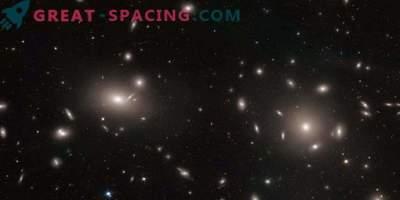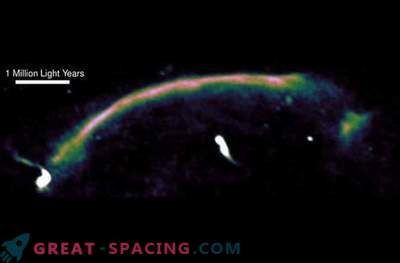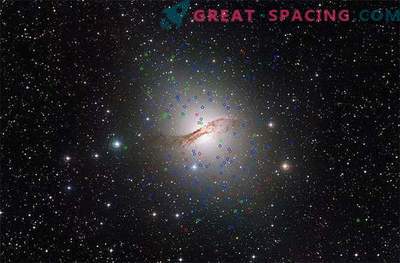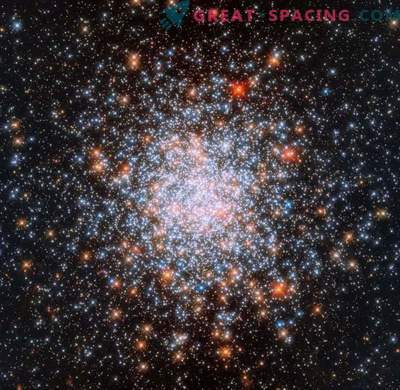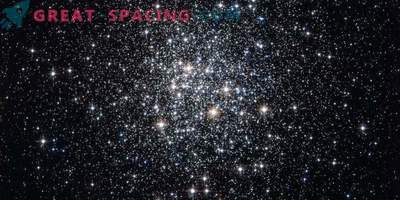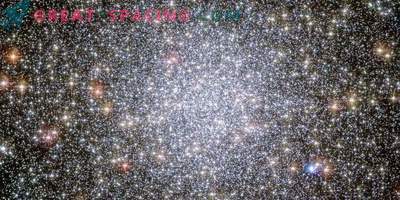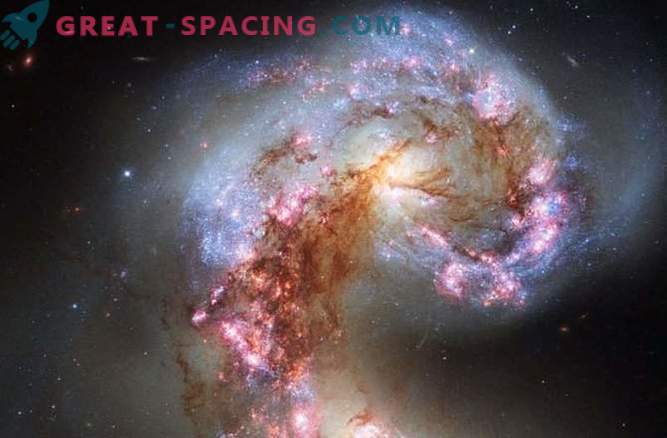
Recently, astronomers discovered the youngest sample of the oldest objects in the entire universe. According to the researchers, he can become a parent for millions of stars of all possible sizes.
The discovery of scientists, called “Fireworks”, is a huge, even in comparison with stars, a dense cloud of molecular gas and, probably, the youngest globular clusters known to mankind. Millions of stars can form inside such a cloud, but, according to researchers who have observed the cluster, this process has not yet begun in Fireworks, and no luminary has yet been lit in its depths. This makes the discovery of the celestial body so important.
“We may be witnessing the oldest and most spectacular method of forming stars in the universe,” says Kelsey Johnson, an astronomer at the University of Virginia and lead author of the discovery of the cluster, “this is a significant event that came directly to us from the early Universe. To explore a ball cluster that has all of its characteristics, but does not produce stars, is like exploring a dinosaur egg that is about to hatch. ” Globular clusters are not such a rarity in space. We know more than 150 only in our galaxy, moreover, most of it is hidden from us. The problem of studying these objects is in interference caused by the radiation of newly formed stars. Thermal and radioactive radiation changes the state of the gas and surrounding areas, which makes it difficult to observe the clusters themselves.
The Kelsey Johnson team with the help of the Atakam Big Lattice explored two distant galaxies N4038 and N4039, woven by a common gravitational field. The forces arising during the merger of galaxies create ideal conditions for the formation of stars at an accelerated rate.
But in one area, which later became known as Fireworks, the process of creating stars did not occur at all. This gave scientists the opportunity to look behind the scenes causing virtually all the huge globular clusters.
“Up to this point, all familiar to science clusters were in the“ adolescence ”, the stars had already begun to form in them, and most of the substances necessary for this were already involved. Opening Fireworks will allow you to study the processes occurring in clusters from the very inception, ”says Johnson. Most clusters are about 12 billion years old. During their creation, the first galaxies have just begun to appear. Some clusters appeared later, due to the collision of existing galaxies. The formation of relatively new clusters is a very rare phenomenon, since the intervals when conditions are ideal are too small, and the period of existence of clusters without star formation takes millions of years.
Johnson states: “The chances that the newly formed globular cluster will“ survive ”are very small — about 1%. Under the influence of external and internal forces, clusters are usually torn apart, turning into open clusters, like the Pleiades, or scattering around the galactic halo. ”
However, scientists are inclined to say that the fate of being scattered over the shutters of two galaxies does not threaten Fireworks. The mass of its gas is 50 million solar masses and the density is high enough, so the cluster must withstand all internal and external influences before the stars begin to form in it.
The full research team from the University of Virginia will be published in the next issue of the Astronomical Journal.


